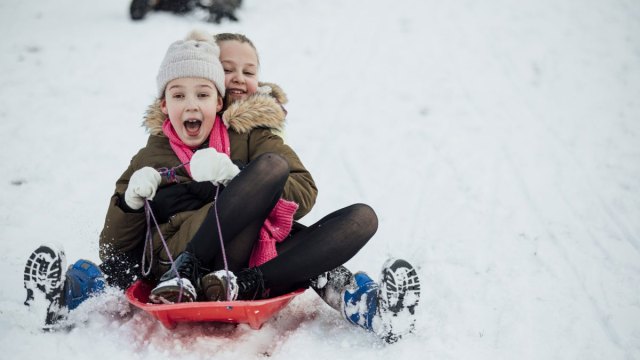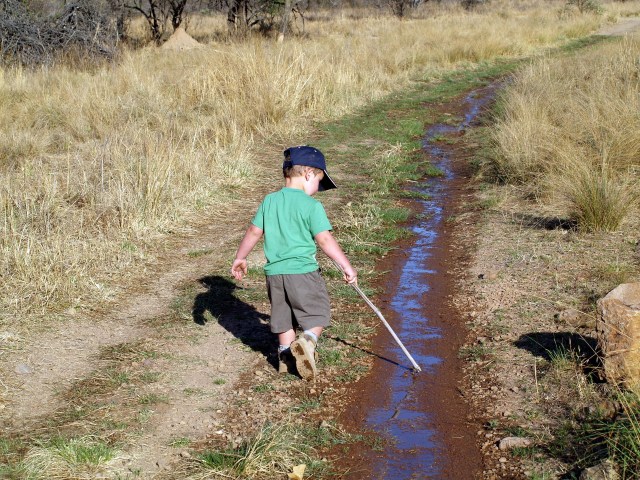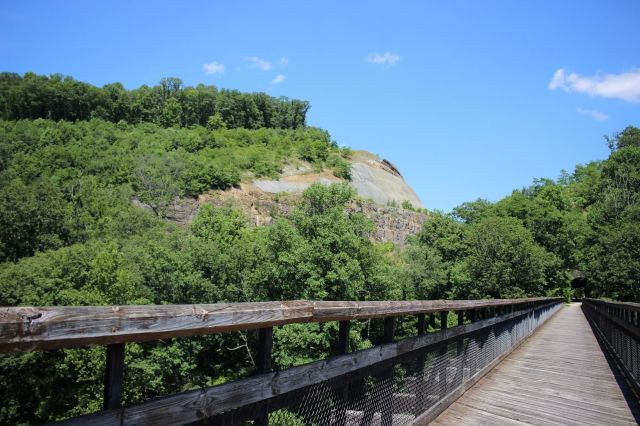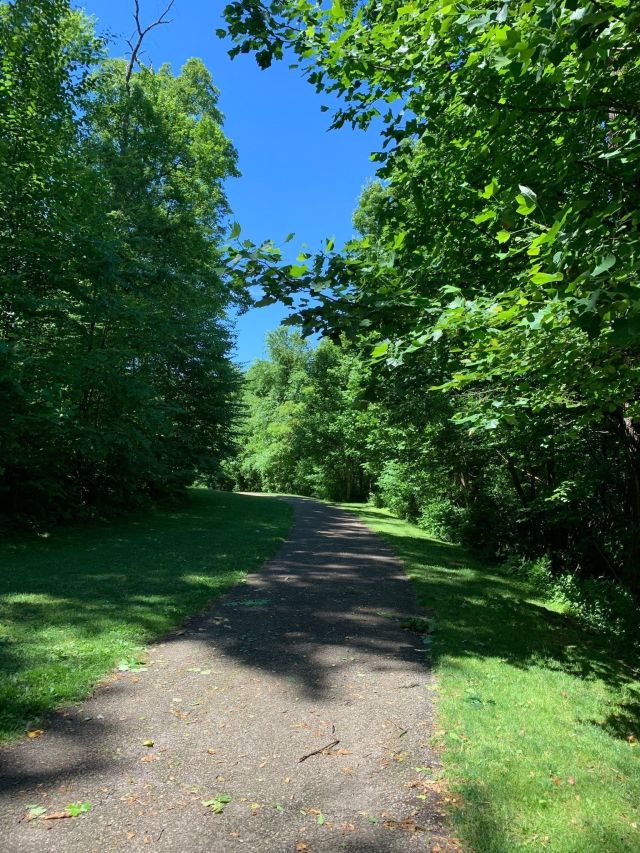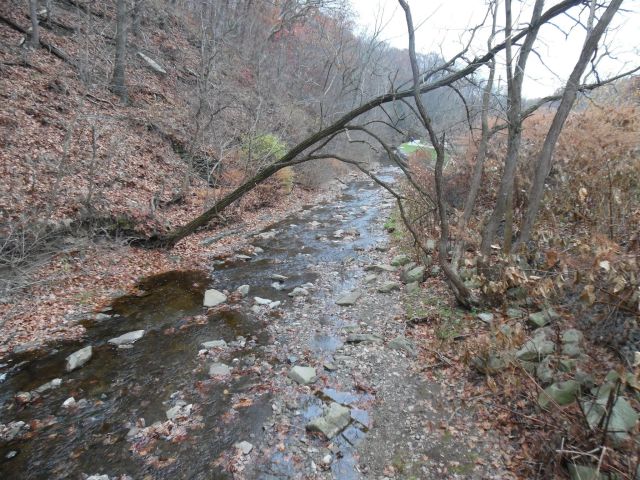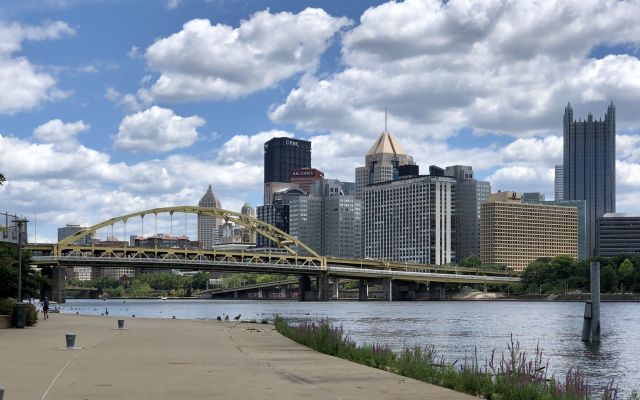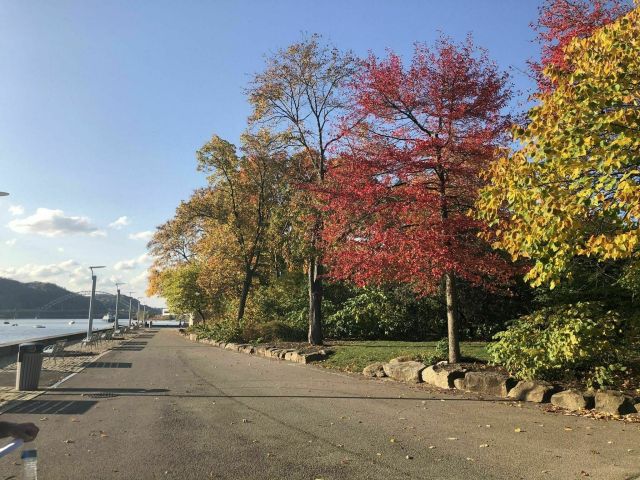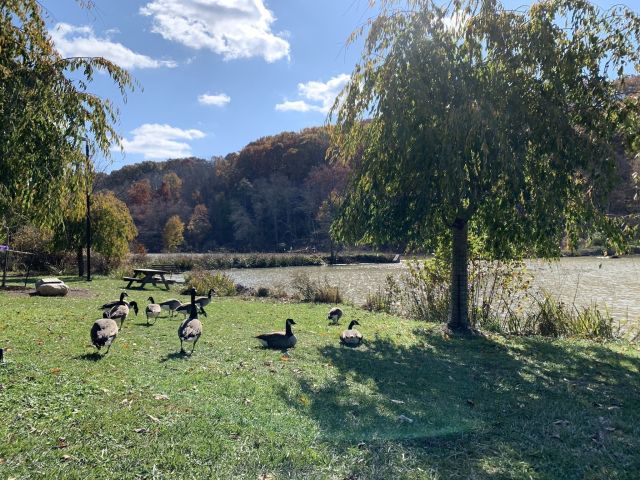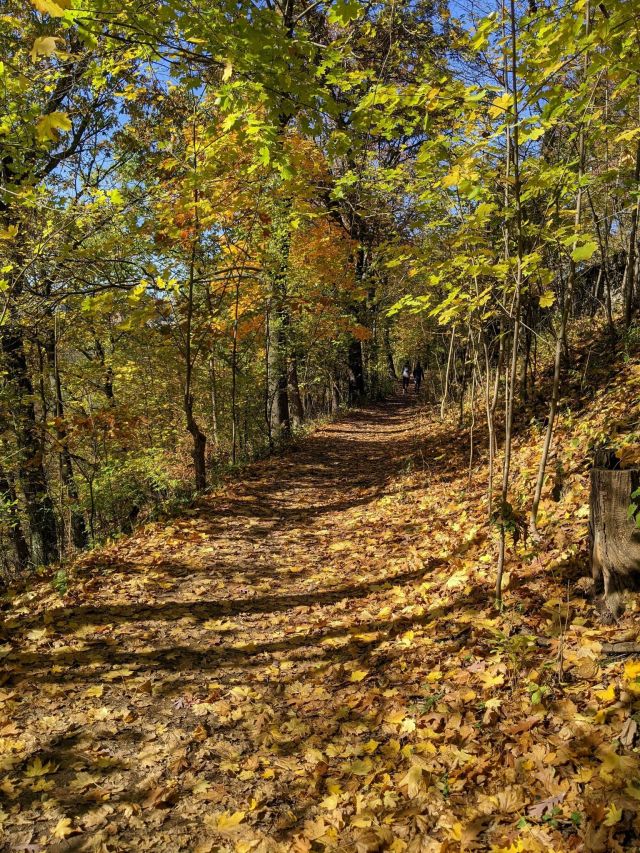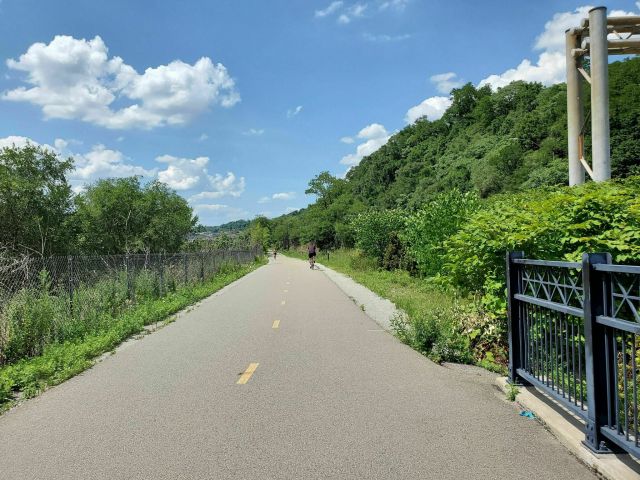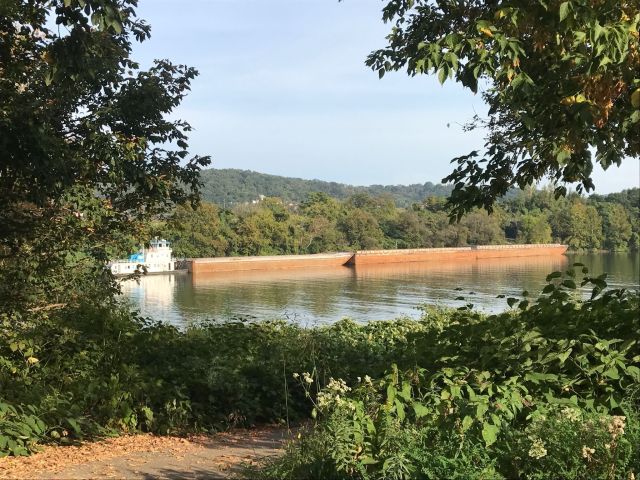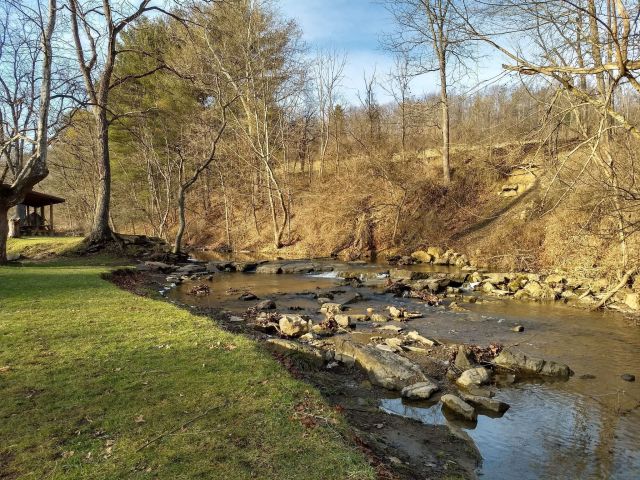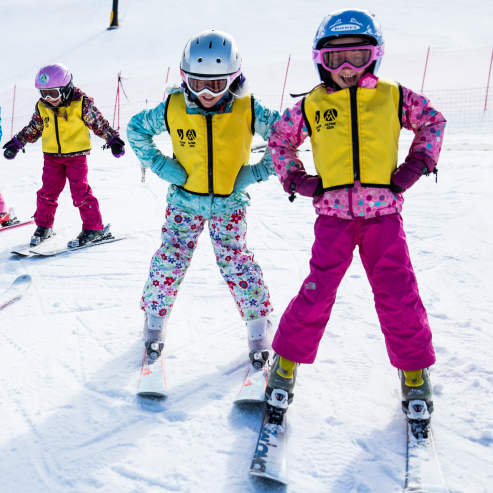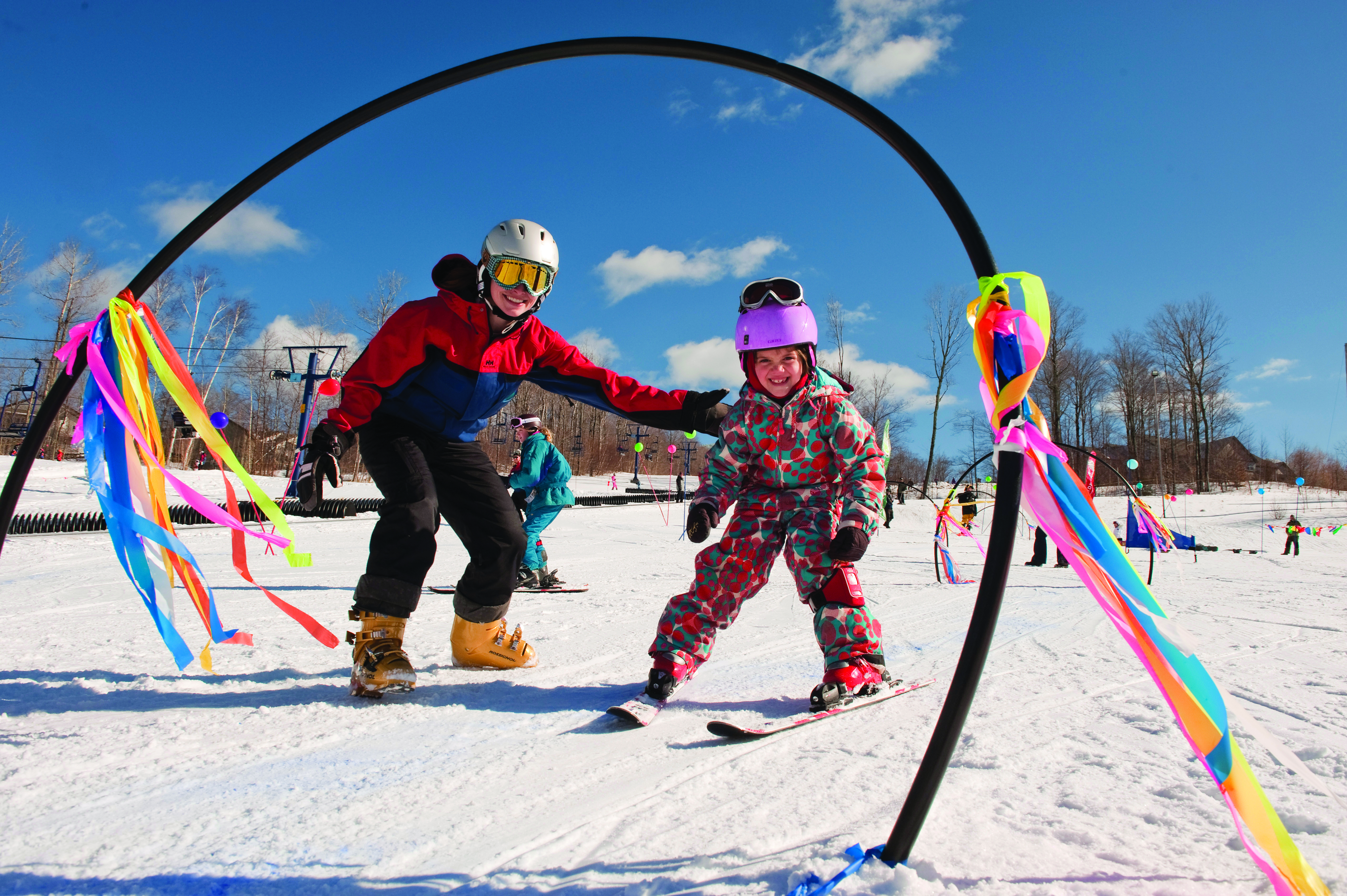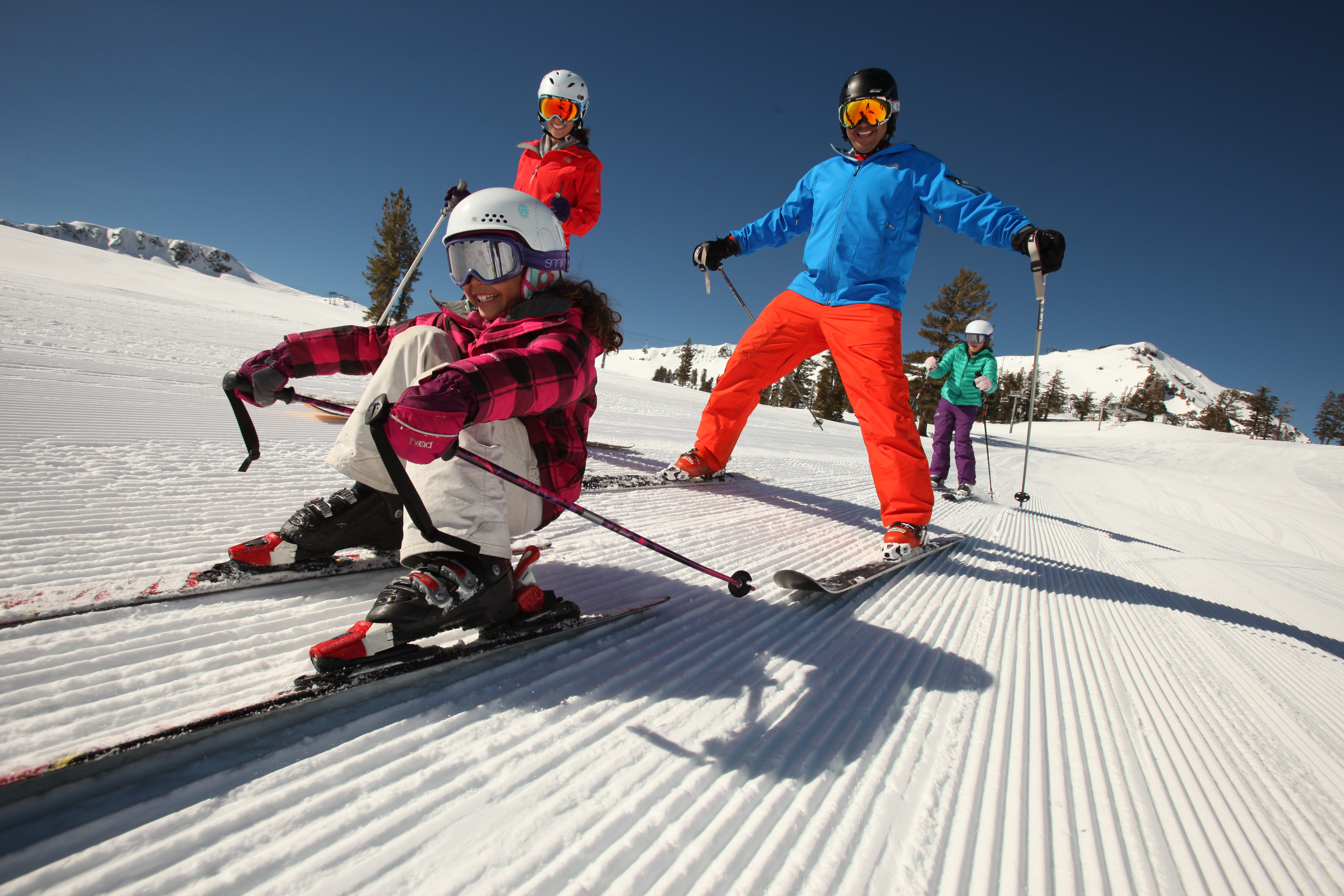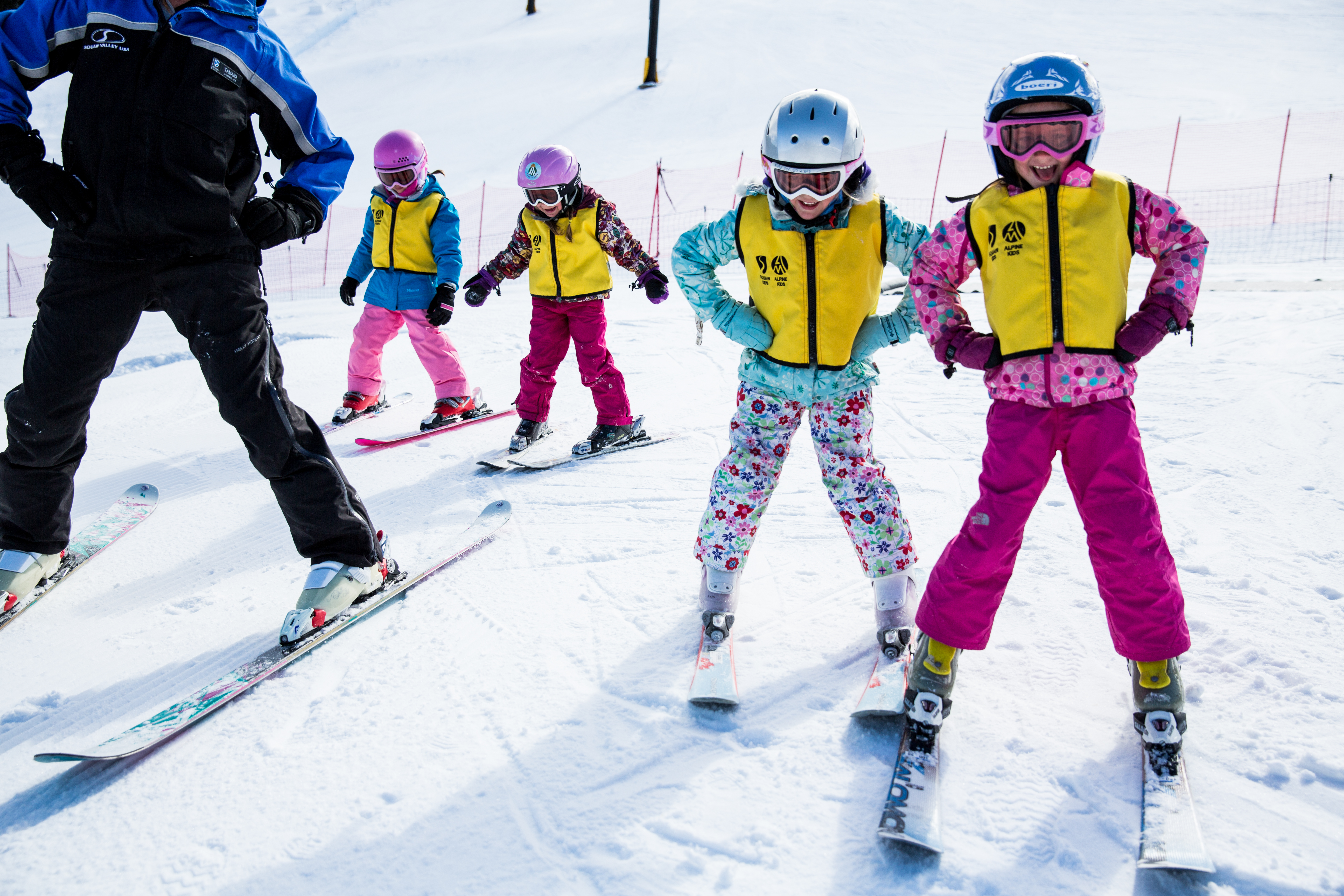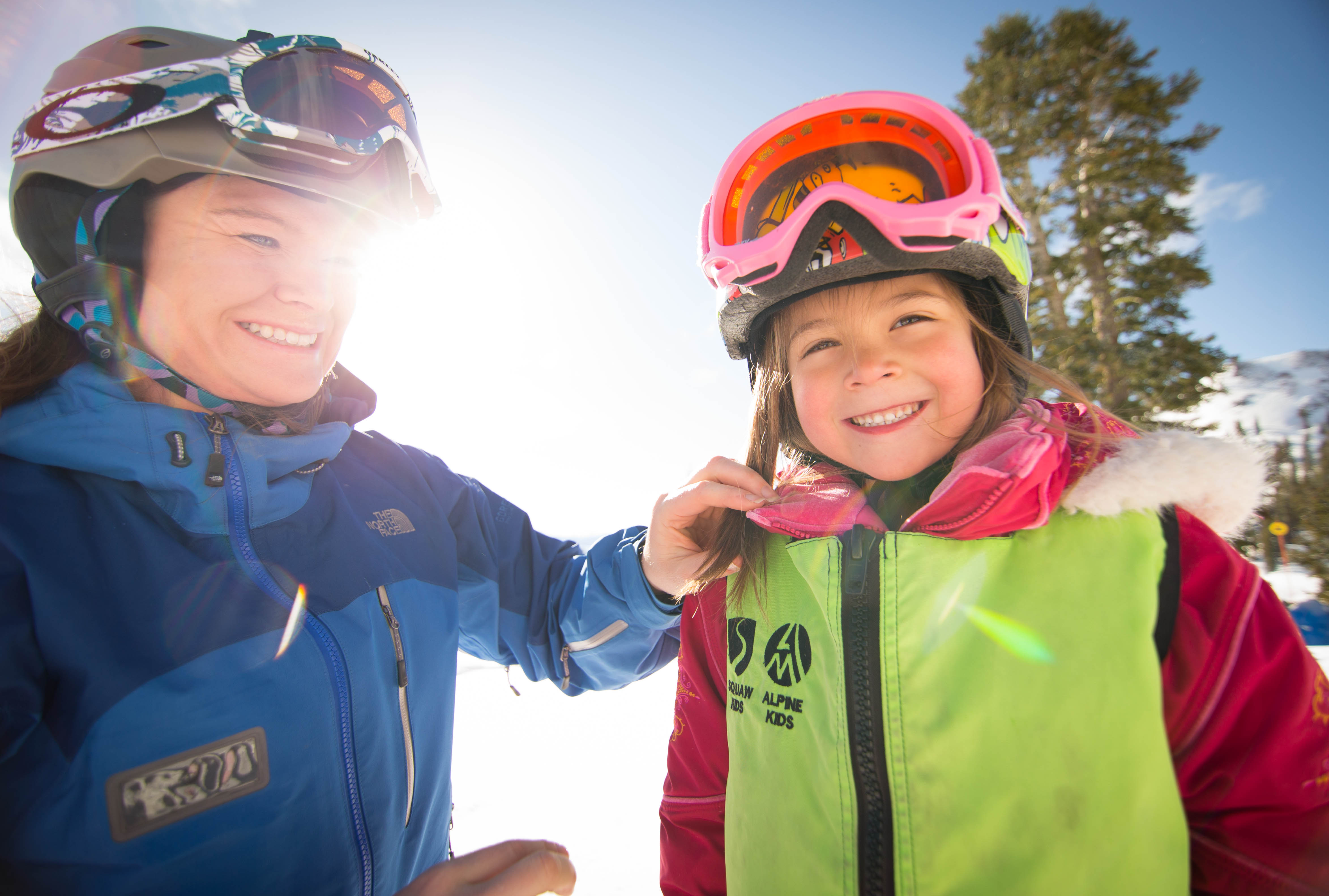Just because you have kids doesn’t mean your concerts have to be limited to “Old MacDonald” sing-alongs. Exhibit A: WinterWonderGrass Tahoe at Squaw Valley | Alpine Meadows, happening this year March 29-31. Read on to find out what makes this festival totally kid-friendly and tips for attending.
1. For kids ages 12 and under, admission to WinterWonderGrass Tahoe is totally FREE. As of publication, single-day adult tickets were still available starting at $79. Click here for all ticketing options. Good to know: traveling with grandparents? Attendees 75 years old and older are also free!
2. Unlike Outside Lands or larger music festivals this venue is intimate. The festival is set up in the Squaw Valley parking lot behind PlumpJack. We think the most kid-friendly times to visit (and least crowded) is during the day right when the doors open and the music starts. Head in early before bedtime to easily hop between the stages. Expect one main stage with tents scattered throughout the festival, each housing smaller stages (3 heated stages in total). It’s a highly approachable and doable music festival with kids, which you’ll notice right off the bat given how many littles are running around with their music-loving parents.
3. Need a breather? Head to the festival’s designated Kid Zone, which is located a short distance from the main stage in a heated area next to VIP. Bonus: the kids tent has some of the best views of the stage! The Kid Zone is a creative and safe space where you’ll find, crafts like beading, coloring and LEGO building, hula hoops, face painting, a coffee bar with hot cocoa and food vendors with lots of kid-approved eats.
4. Unlike some music festivals this one has a flex in-and-out policy so if you need to skidaddle for a little bit or need a breather, feel free to go and come as you please.
5. The bathroom situation isn’t ideal for those potty-training because the facility only has port-a-pottys and you might have to wait during peak hours. We suggest bringing your own hand sanitizer. The good news is that you’ll find 50+ handicap accessible stations so you likely won’t have to squeeze your clan into the normal sized ones.
6. Strollers are welcome but the folks welcoming concertgoers will check your backpack for security. Feel free to bring in snacks and water/juice, but full picnic-style meals are not recommended. If you have a little one, we suggest bringing a carrier. We’ve also seen families bring in wagons, which make transport of blankets, backpacks, kiddo, etc. easy.
7. Let’s talk music! The three-day fest will showcase a variety of bluegrass and acoustic roots performances from around 2-10:30 p.m. Head there when the sets begin to catch music before bedtime. Expect For a full line-up click here but really, you can’t go wrong with any set time.
8. For the parents into brews, the Festival will feature samples from over craft breweries and a few local cider houses scattered throughout three heated beer halls. Sampling happens between 2-5 p.m. every day.
9. There will be free water so bring an empty water bottle to stay hydrated or use your Klean Kanteen festival mug, which comes with every ticket. The festival will not have plastic water bottles on site.
10. The majority of the Festival is outdoors so bring layers! Hats, gloves and a winter coat are all necessary, as are ear protection for your littles.
Ticket info.: Ticket prices begin at $79 for a single day ticket and $199 for a three day pass. Kids 12 and under get in free to this family-friendly event.
Squaw Valley
1960 Squaw Valley Road
Olympic Valley, CA
800-403-0206
Online: squawalpine.com
—Erin Lem
photos: WinterWonderGrass Squaw Valley | Alpine Meadows
RELATED STORIES:
What to See, Eat and Do in Truckee with Kids
10 Skiing Hacks and Tricks to Memorize Before Hitting the Slopes
Tips for Getting Your Kids on Skis
A Family Guide to Squaw Valley
